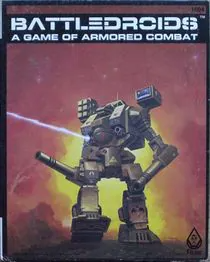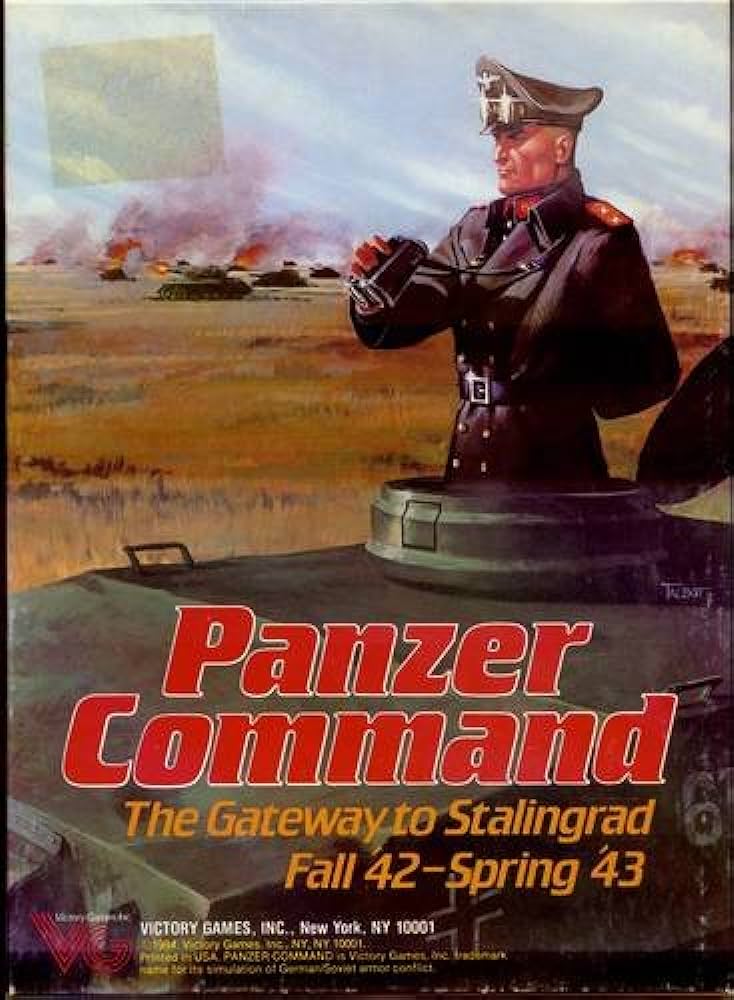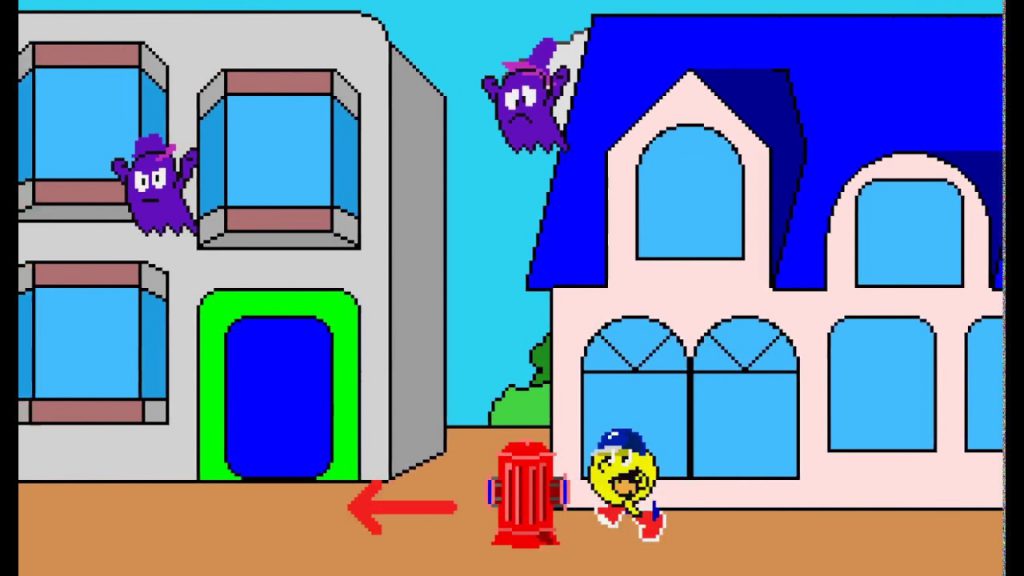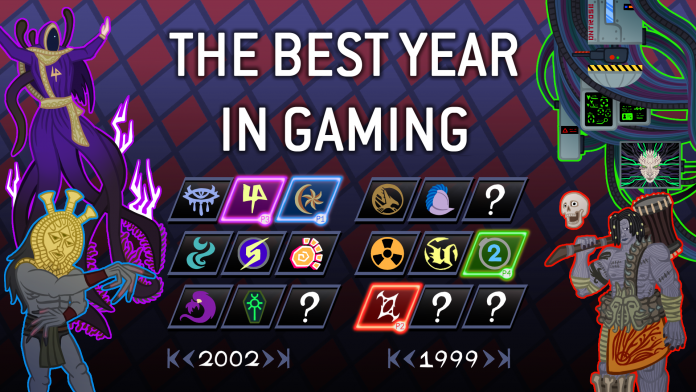Last year’s stacked lineup of games for the Game Awards had us thinking: What was the best year in gaming? As part of our series on determining gaming’s best year, we’re putting together an article on each year, charting the major releases and developments of the year, and talking about both their impact and what made them great.

The Year: 1984
In 1983, the American video game market nearly died. After a year that opened with the legendary, company-killing flop of their Christmas ‘82 adaptation of E.T. The Extra Terrestrial and didn’t get any better from there, Warner Communications offloaded the Atari consumer business to Commodore International founder Jack Tramiel in July of that year (Warner kept the coin-op business).
That Tramiel was even in a position to buy Atari’s consumer business from Warner was an amazing note in industry history. Tramiel founded Commodore – makers of the Commodore 64, the best-selling home computer of all time – in 1953. By the early Eighties Tramiel had developed a reputation for being a stern micromanager who required that he approve every company expense greater than $1,000. He frequently clashed with the rest of management at the company, which gained a reputation itself for being unable to hire and retain executives. By the early Eighties this was all coming to a head: Despite the massive success of the Commodore 64 – at CES in 1984 they announced they’d sold more than a billion dollars worth of products the year prior – Jack left the company three days later after a massive falling out with Irving Gould over how Commodore should be run. Six months later, he’d buy Atari’s consumer business, though by that point he’d accumulated such a legendary reputation in the industry for being a pain in the ass that it actively hurt Atari’s business to have him at the helm.
Hasbro Starts its Acquisitions
In the traditional games business, one of the biggest deals of the last fifty years was happening: In May of 1984 Hasbro Industries acquired its longtime rival Milton Bradley in a two-step transaction valued at $350 million. Hasbro had long been known more for toys, specifically the G.I Joe and Mr. Potato Head, while Milton Bradley had the Playskool line of preschool toys and a large number of board games, with which many Americans will be very familiar: – Axis & Allies, The Game of Life, Battleship, Candy Land, Dragonmaster, Stratego, and Twister at this point. They’d later be responsible for publishing or bringing to America many other key board games as a subsidiary of Hasbro. This acquisition would help move Hasbro past its other rival, Mattel, and was the first major step in a slow consolidation of traditional game manufacturers and publishers under Hasbro that would continue to this day.

Apple Releases the First Macintosh
These days it’s hard to forget the launch of the Macintosh if you’re in any field adjacent to marketing, in large part due to the company’s iconic Super Bowl ad that year, which featured Anya Major lobbing a sledgehammer into a massive screen showing Big Brother and promising that 1984 wouldn’t be like 1984. Despite all this hype and some strong initial sales, the Macintosh was a bit of a flop at first, taking time to develop a following as consumers became familiar with its powerful desktop publishing capabilities. As a gaming platform, the Macintosh suffered from having very little memory, but could still pull off some surprising games and made use of its mouse peripheral. Lode Runner, Mac Attack, and Championship Star League Baseball are the stand-outs for the original Macintosh.

BattleTech
Now referred to as Classic BattleTech, the original 1984 release establishes a lot of the distinctive features of today’s game, including the hexagonal grid map, miniatures to represent military units, and record sheets used to track information about units. The game was well received on release, featuring tactical mech-on-mech combat with a variety of designs, including eight based on those from anime like Super Dimension Fortress Macross (this would later lead to a protracted legal battle in the Nineties with Harmony Gold, who owned the rights to Robotech). While BattleTech never became a juggernaut in the miniature wargames space, the game itself has endured to this day, and is now celebrating its 40th anniversary. Some of our authors are very fond of the game.

Panzer Command
Released by Victory Games in 1984, Panzer Command didn’t kickstart the practice of using hex maps and counters, but it did act as a spiritual father to a number of games that would follow, including the MMP and Blind Swords series and Great Battles of History. Panzer Command centers around armored operations on the Eastern front, placing its action near Stalingrad during the winter of 1942. It’s a two-player game where players move companies of tanks and infantry around the map and use a chit-pull system to determine unit activation. The game is largely forgotten now, but left a lasting impression on the games which would follow, primarily in the Grand Tactical series.

Duck Hunt
While American kids wouldn’t experience Duck Hunt at home until it hit the American NES the following year, Japanese audiences got to play the light gun shooter on the Famicom in April. American audiences would be introduced to the game later that year in arcades. The game was an immediate commercial success, both on consoles and in arcades, and although it was far from the first light gun game it was by far the most popular, thanks to being a launch and pack-in title for the NES. Duck Hunt sees players firing a light gun at onscreen targets (ducks), which are then collected by the world’s most smug, asshole dog. It’s a fun game and an important stepping stone in the genre.
Also in the light gun genre: Hogan’s Alley, which Nintendo would release that same year and would give players more of a shooting gallery experience.

King’s Quest
Following the release of Dungeons & Dragons a decade earlier, game programmers who’d enjoyed the tabletop game had been continually attempting to bring that magic to home computers and game consoles. 1977’s Zork introduced players to text-based adventure gaming on their personal computers, but it was King’s Quest for the IBM PCjr which finally married those story elements to interactive graphics and gave birth to what we now think of as the adventure game genre. King’s Quest featured an animated on-screen character that the player moved through the game world while attempting to save the kingdom. Players still controlled their character with text input, but the 16-bit color interface was a revelation and featured some of the first graphics that characters could actually walk “behind,” such as trees.
King’s Quest was part of a major push by IBM to bring games to their newly released PCjr home computer and was developed by then-struggling developer Sierra. While the developer knocked it out of the park with the release, the game was largely a flop thanks to the fact that no one owned a PCjr. It wasn’t until the Tandy 1000 arrived in late 1984 that Sierra was actually able to make money on the game thanks to porting it to the cheaper, more popular system. The game would save Sierra, who’d go on to develop an entire King’s Quest series along with a host of other adventure games.

Punch-Out!! And Super Punch-Out!!
Most American kids growing up in the 80s were familiar with Mike Tyson’s Punch-Out!! But far fewer recall the original arcade machines for its predecessors, Punch-Out!! and Super Punch-Out!! Both were released in 1984, using an innovative two-screen arcade cabinet that used one screen to display round information and HUD elements while the other showed the action (believe it or not this was mostly a way to use excessive video monitors Nintendo had accumulated after Donkey Kong was a smash hit). The games were particularly notable for their large, expressive designs and for pioneering the boxing game format.

Kung-Fu Master
The arcade version of Irem’s Kung-Fu Master released in November, 1984 and was the first side-scrolling beat ‘em up, single-handedly inventing the genre. Players control a Kung-Fu master fighting their way through five levels of a temple to rescue their girlfriend from a crime boss, dispatching ninjas, knife-throwing punks, and bosses along the way. The game featured large, colorful sprites and solid action. It was a major hit in Japan and America the following year and its eventual NES and Commodore ports would also sell well. It’s a ton of fun to play and was developed by Takashi Nishiyama, who would later go on to create Street Fighter in 1987.

Pac-Land
Namco’s arcade game Pac-Land released in late 1994 and introduced the world to the first side-scrolling platformer. The game featured bright, colorful sprites and a side-scrolling adventure in which players guide Pac-Man across a variety of different landscapes, from towns to forests to mountains to deserts, evading the series’ famous ghosts along the way. The game was well liked in the US, but had a tendency to be punishingly difficult.
Why It Was the Best Year in Gaming
1983 might have been the debut of the Famicom, but 1984 was the year many of its launch titles were released, with classics like Duck Hunt, Golf, Excitebike, Ice Climber, and Balloon Fight giving players home access to some fantastic arcade experiences. In arcades, the Punch-Out!! cabinets brought some truly novel experiences to players and popularized boxing games, while on the PC, early graphic adventure games like King’s Quest and Hydlide made amazon strides toward giving us graphic adventure games and would give way to some of the most important entries in the modern RPG and adventure genres the following year.
On the tabletop, the year’s biggest release was BattleTech, a game which held up amazingly well and would likely have become a much wider hit if not for an insane slate of ongoing legal and IP struggles in the 40 years following its release.
As with 1983, it’s hard to make a case for 1984. There are some absolute classics in the mix, but no one’s realistically going to think of it as the best year in the history of gaming. The industry as a whole was still recovering from the market crash in 1983, and wouldn’t really hit its stride again until Nintendo released its Famicom in the US as the Nintendo Entertainment System the following year.
This article is part of a larger series on the best year in gaming. For more years, click this link. Have any questions or feedback? Drop us a note in the comments below or email us at contact@goonhammer.com.


